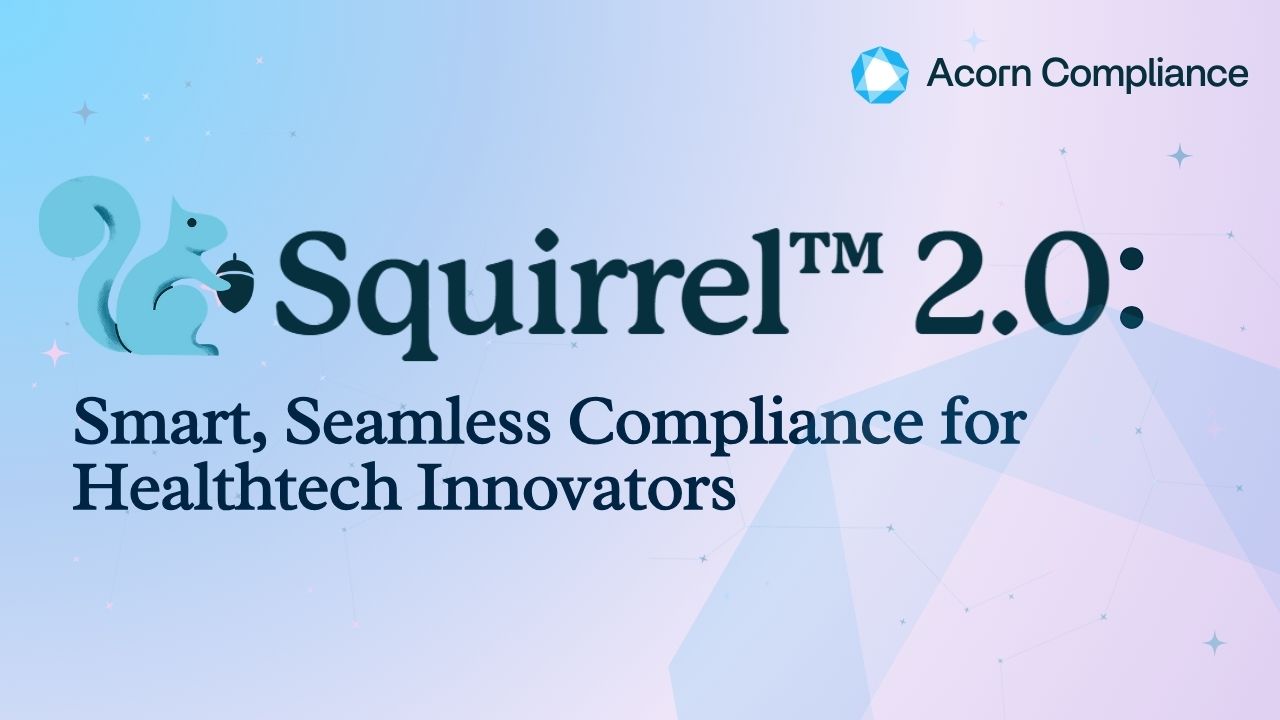Talk to us!
Book a complimentary call to get an expert opinion on where you are on your compliance journey.

Published:
-
read
Design-led Healthtech Development
Great design, backed by safe and secure healthtech can drive real change.


As well as covering Clinical Safety, Data Protection, Technical Security and Interoperability, the NHS Digital Technology Assessment Criteria (DTAC) also aims to assess Usability and Accessibility of digital health innovations. Whilst DTAC’s usability and accessibility sections are not pass or fail gateways, these sections are scored and equally important in the creation of great healthtech. These sections cover good practices which can assist in driving adoption, use and inclusivity of healthtech innovations at scale.
One question I get asked a lot by healthtech innovators is: ‘How can I work towards embedding these particular DTAC criteria into my delivery lifecycle?’
In my experience, that journey begins with what I’d call ‘real discovery’. This is not just about doing stakeholder calls, desk research and analytics whilst building your healthtech innovation. No, the work to drive great healthtech that can be used effectively and drive rapid benefits needs to start earlier, and it needs to start close to source. I.e. closer to everyone who your innovation will touch - your key audiences. Because it's only through full immersion into the environment that your healthtech innovation will be deployed into, only by understanding how life is for your users first hand, and only by standing (literally) beside your audiences, can healthtech truly bring maximum benefits and outcomes to those it intends to help.
And this work isn’t just for user researchers and UX designers, it’s something I’d recommend the whole delivery team engage in. Because the closer the real challenge and opportunity is experienced across your entire team, then the broader and deeper the understanding will be. This close approach can really invoke the heartbeat of your users into your healthtech product, into your vision, your mission. And the stronger and more visceral that pulse beats as it runs through the veins of your innovation, the higher the resonance with your target audiences and the greater the potential for your innovation to be easily adopted and to deliver its intended benefits.
But how to do this?
In reality, this may mean anything from dressing in scrubs and witnessing the data and systems that are utilised during and after a surgery. It may mean following a patient through rehabilitation, spending time to observe and understand all of the care touchpoints and seeing the challenges first hand.
But this is only the beginning. The very best healthtech innovations I’ve seen and used, the ones that delivered the greatest clinical and patient benefits, were those which successfully translated the user research and findings (including outputs from ‘real discovery’) into a continuously improving design that reflected the context and environment of each potential user of the technology. You see, through 'real discovery' these innovations managed to capture more than just the requirements.
Through lived and shared experience acquired in ‘real discovery’ these innovations also embraced the intangible essence of the challenge. Something that can only be captured and articulated through human connection and collaboration. And it was this that allowed breakthroughs in adoption and benefits delivery. It was this that generated goodwill and unearthed passion and drive in all those involved. And it was this that led to the success and growth of these healthtech products.
Compliance never stops, and when embraced it can become a platform to drive delivery of great products. Usability and accessibility are crucial aspects of product development and just as important as the other PASS / FAIL aspects of DTAC. They need to be considered equally as part of your product’s DNA, as great design, backed by safe, secure and interoperable healthtech can drive real change and benefits to all it touches. And that’s good for everyone.









